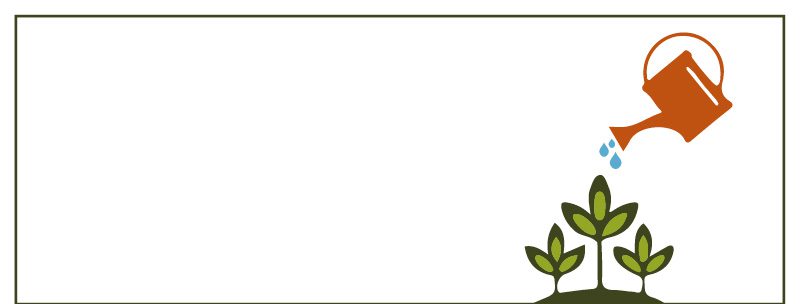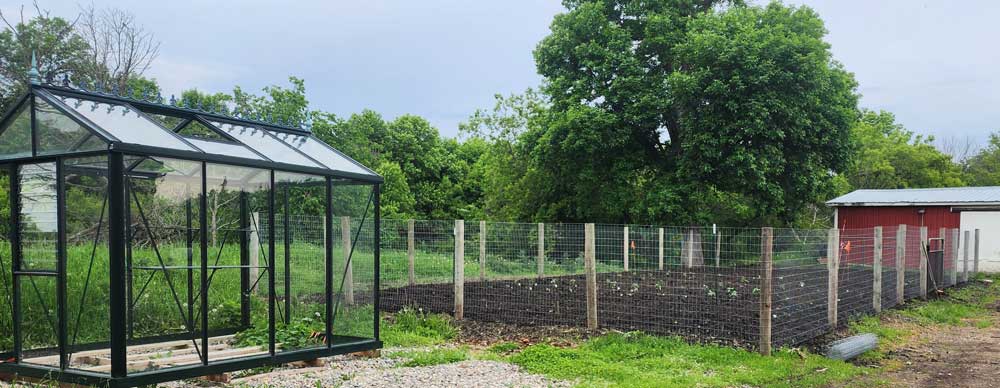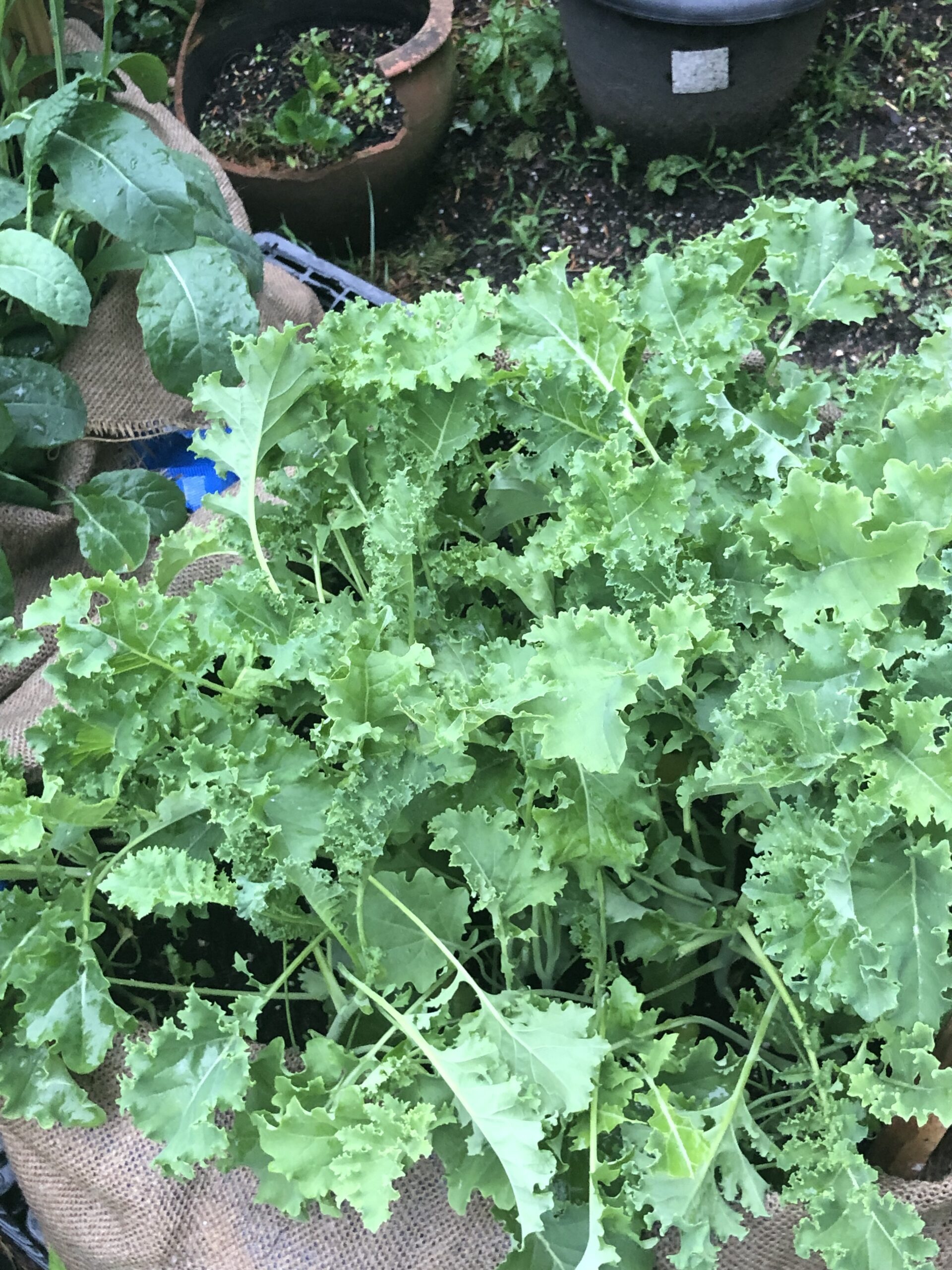About Kale
Kale, a robust and cold-tolerant green, distinguishes itself as a non-heading member of the brassica family, alongside cabbage, broccoli, brussels sprouts, and other cole crops.
Exploring beyond the conventional kale found in grocery stores reveals a diverse spectrum of flavors and textures achievable by planting seeds. Varieties range from mild, almost salad-like greens of Vates/Blue Curled Scotch, to the sweet Red Russian Kale, or the nutty and occasionally peppery notes of Italian kales such as the elegant Lacinato, also known as Tuscan kale or dinosaur kale due to its distinctive texture. To bring some beauty and flavor to the garden, try planting Scarlet Kale, with antioxidant-rich scarlet leaves! But if not for the superb nutritional value, plant kale for its aesthetic appeal, spanning vibrant greens to deep purples, featuring textures ranging from crisp to intricately crinkled. Kale gives a garden structural and ornamental charm that can enhance traditional garden beds or containers, particularly during the autumn season.
When to Plant Kale Seeds
Kale reaches its peak flavor when it experiences rapid growth and matures prior to the onset of summer heat, which induces a bitter taste, ideally before temperatures rise above 75°F. In spring, whether you're sowing directly into the soil or transplanting your seedlings, aim to do so four to six weeks prior to the average last spring frost. Seeds are capable of germinating even at soil temperatures as low as 40°F.
For fall planting, sow seeds directly into the soil approximately three months before the anticipated first fall frost. Note that in regions with hot summers, it's advisable to postpone planting until temperatures begin to cool. The cool autumn climate enhances the sweet, nutty flavor of kale, which exhibits resilience to hard frosts without sustaining damage down to as low as 25°F.
Kale can also serve as a winter crop, either under protective cover or outdoors in regions with mild winter conditions such as the Southwest, Pacific Northwest, and Southeast. In these areas, kale will continue to grow and yield throughout the winter months.
Where to Plant Kale Seeds
For best results, choose an area with well-drained, loamy soil. If planting in the cool season, select an area that will get full sun. Choose partial shade if growing in the warm season.
Kale thrives in soil with a slightly acidic pH, ideally falling within the range of 5.5 to 6.5. Enhancing the soil with ample well-composted organic matter aids in increasing acidity and enriches the nutrient content available to your growing kale plants. Additionally, incorporating organic fertilizers like fish emulsion or bone meal can provide a beneficial boost to seedlings, ensuring a strong start to their growth.
How to Plant Kale Seeds
If starting indoors, plant your seeds approximately six weeks before you plan to transplant them outdoors. Spray to moisten the soil and sow four to five seeds per hole and lightly sweep just an ⅛ of soil on top. Keep kale in a sunny window where it can receive eight hours of sunlight each day. Consider purchasing a plant heating mat to keep your soil temperature consistently around 65°F. Continue to moisten the soil with a spray bottle. When bringing outdoors, acclimate your seedlings by hardening them off.
If directly sowing your seeds outdoors, plant seeds a quarter to half inch deep in your garden, about four inches apart in rows that are 18 to 24 inches apart. Seeds will sprout quickly in soil around 65°F, but will still germinate in far cooler soils as well. Once your young kale plants emerge, thin seedlings, or plant your transplants, so they are spaced eight to twelve inches apart. Water the plants regularly, but take care not to over water. Mulch the soil to suppress weed growth, maintain moisture levels, and keep kale cool in the summer months, then again heavily after the first freeze. Kale plants can sometimes produce leaves throughout the winter.
How to Harvest Kale
This biennial plant typically yields foliage in its first year, and is ready to harvest when the leaves are about the size of your hands. Avoid picking the terminal bud at the top center of the plant, as this will keep the plant productive. Only pick about a fistful of leaves per harvest, no more than a third of the plant. Kale can grow until it’s about 20°F. A touch of frost actually sweetens the flavor.



